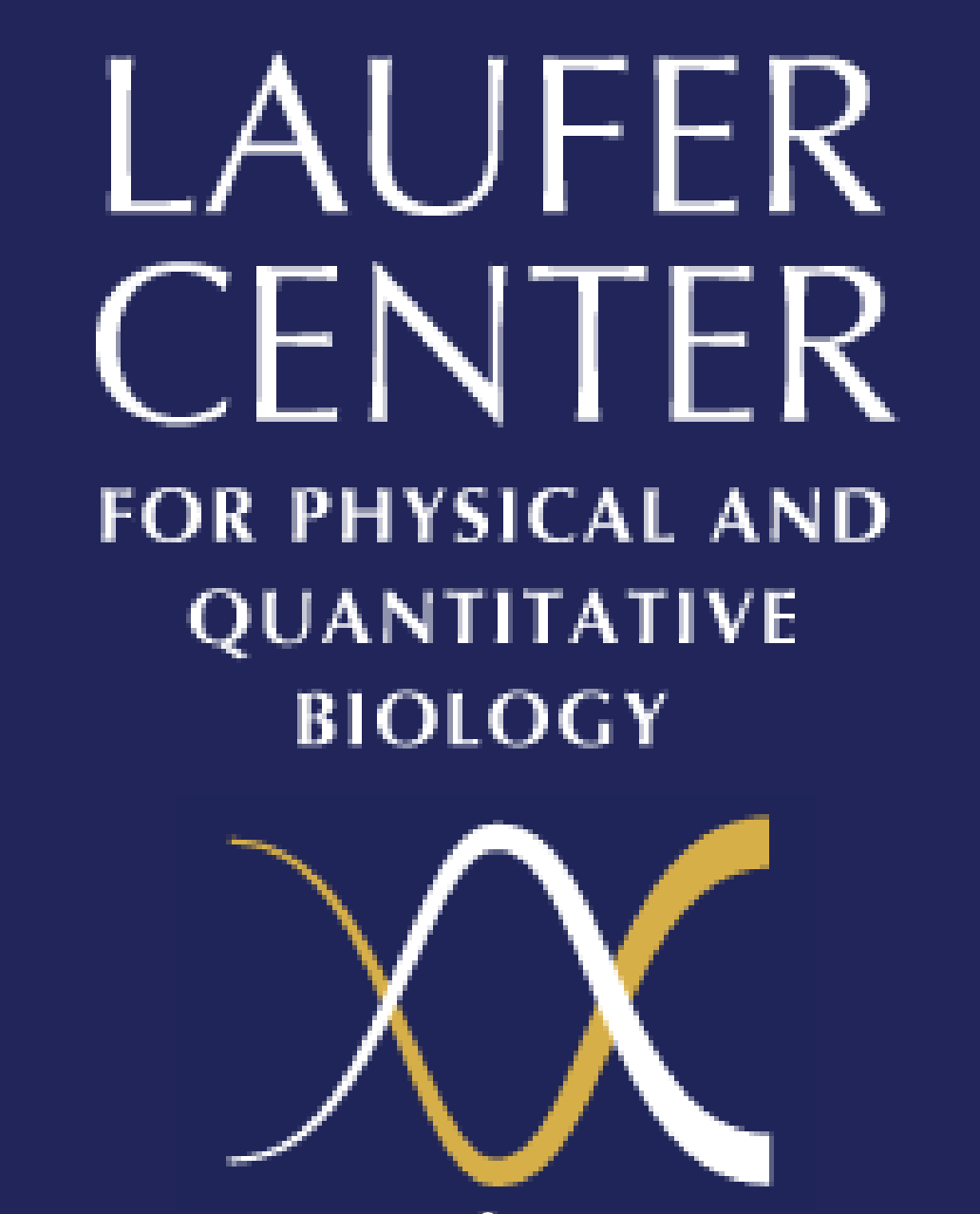Events Calendar
Postdoctoral Scholar
Kortemme Lab, Department of Bioengineering and Therapeutic Sciences
UC, San Francisco
Engineering protein-based switches for synthetic biology
Protein switches that produce a defined cellular output in response to a molecular input are central to synthetic biology. For biomedical applications of engineered cells, clinically approved drugs represent ideal inputs due to their well characterized pharmacodynamic, pharmacokinetic and safety properties and potential synergies with disease treatment. However, there is currently only a limited number of drug-controlled protein switches.
Drug-controlled systems that process multiple inputs simultaneously would be particularly valuable, as they enable advanced regulation of cellular outputs based on synergy or antagonism of different inputs. To realize such multi-input-responsive protein switches, the nuclear hormone receptor (NHR) superfamily provides a promising scaffold framework for engineering. Besides containing domains for input-specific small-molecule binding and promoter-specific DNA binding and transcriptional activation, NHRs can form heterodimers of ligand binding domains (LBDs) that each respond to various FDA-approved small-molecule drugs. However, it is unclear how amenable NHR dimers are to modular engineering and which multi-input behaviors can arise in novel LBD pairs. My postdoc work has shown that reporter gene expression controlled by engineered NHR dimers can be finely adjusted by the synergistic or antagonistic action of up to three simultaneously administered drug inputs. In the case of drug synergy, the highest expression levels are accessible exclusively in the presence of drugs targeting both halves of a NHR heterodimer, allowing for increased control compared to a single-input scenario. Such high-level control validates NHRs as a versatile, engineerable platform for programming multi-drug-controlled responses and motivates further engineering of output behaviors using experimental and computational approaches.
Lastly, I will briefly outline my future plans on engineering novel transcriptional as well as post-translational protein switches for applications in synthetic biology.
Host: Gabor Balazsi
This will be a hybrid seminar but we hope that you will join in person.
In person: Laufer Lecture Hall 101
Or join Zoom: https://stonybrook.zoom.us/j/9
Refreshments following the seminar in room 110






